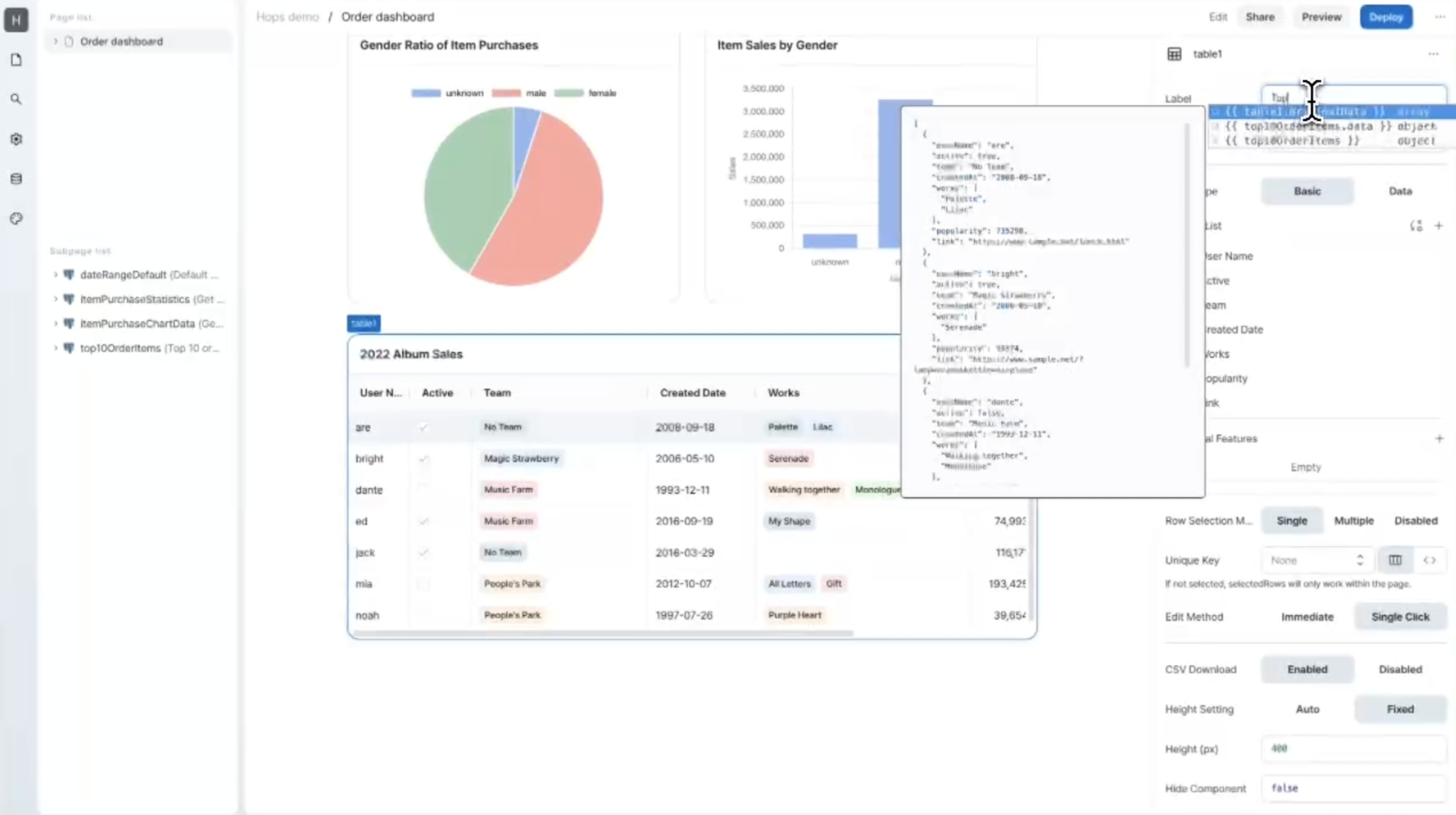
In most companies, backoffice systems have long been considered "necessary but low priority" development areas. However, with the advancement of AI technology, the paradigm of backoffice management is completely changing. In 2025, backoffice systems are evolving beyond simple management tools to become "intelligent business partners."




